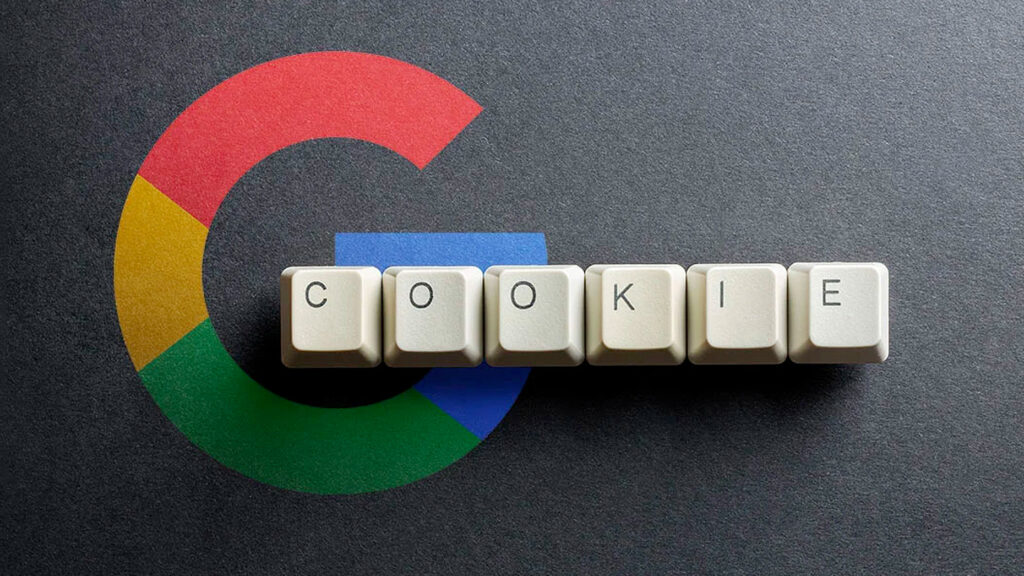Successful brands are focused on exceeding customer expectations. With increasing user awareness around digital privacy, brands are now having to strike a balance between respecting users’ privacy and delivering high-quality, personalized digital experiences. Surveys have shown that even 5 years ago 80% of retail users expected a personalized experience, while 79% of users now have concerns around data privacy.
Brands can only successfully personalize experiences for users through the usage of at least some user data, meaning there’s always going to be a degree of friction between the desire for personalized experiences and data privacy. User data collected to improve the digital experience for users needs to be handled carefully by brands. Users must trust that their data is safe and secure, and that only data that is going to be used to improve their experience is held by an organization.
Increasing Awareness Around Both Privacy and Personalization

User expectations change over time and are often driven by leaders within specific fields. For example, Amazon’s excellent usage of product recommendations set a new high bar for user expectations around personalization. Not only did users come to expect Amazon to make accurate and useful recommendations to them; this expectation reached more widely so that users have come to expect valuable recommendations from all retail brands, and even organizations outside of retail, such as banks and healthcare providers.
While Amazon has been spearheading personalization efforts and driving high expectations for a number of years, there have been more recent changes when looking at privacy. Apple has emerged as an industry trendsetter by placing a heavy emphasis on privacy and ‘privacy by design’ in all that they now do. This has marked them apart from rivals such as Meta and, again, led to an increase in user expectations as to how organizations handle user data. Users now expect a focus on privacy to be a key feature of all brands they engage with, and any brand that doesn’t highlight its efforts in the digital privacy space risks handing a competitive advantage to its competitors.
With rising public awareness around data security and sharing comes an increased need for brands to be more open about data collection.
There have also been a number of high-profile data breaches in recent years, with many users’ personal data being put at risk. The attention these breaches received, and the impacts they’ve had, have increased public awareness around data security and the amount of data we’ve knowingly and unknowingly shared in the past. With rising awareness comes an increased need for brands to be more open about data collection.
Brands need to adapt to these expectations to ensure they keep and attract users in the future.
An Opportunity for Brands

On the surface, this tension between expectations of a personalized digital experience and awareness about sharing personal data may appear challenging to reconcile. However, it opens up a huge opportunity for brands.
Brands need to consider digital privacy as part of the overall digital experience they offer their users, alongside efforts such as personalization. Every user interaction with a website, an app, or a marketing campaign provides brands with an opportunity to both build trust with the user and optimize their digital experience.
By showing users that you take their privacy concerns seriously, are careful with how you collect data, and are mindful of the type of data you collect and use, you can build trust with the user. A strong relationship with your users will mean greater engagement over the long term.
Brands need to consider digital privacy as part of the overall digital experience they offer their users, alongside efforts such as personalization.
Apple has shown the way in effectively turning privacy into a feature for their users. Their big push on privacy features has become part of the overall story told about their products. Rather than a separate or secondary feature tacked onto the end of a product’s feature set, privacy became a core part of the concept behind all Apple products.
This is the model we recommend to brands working in the digital space: be open, transparent and bold when talking about users’ digital privacy. Being open about data and its usage lays the foundation for a stronger relationship with your users, in turn increasing the likelihood they’ll be open to sharing data that will help you better personalize their digital experiences.
Balancing Privacy and Personalization

When working out how best to balance privacy and personalization, we recommend keeping the following guidelines in mind:
Respect the Spirit in Which Privacy Laws Were Written
Fundamentally, privacy regulations seek to protect user data and give users control over when their online behavior is tracked and what data they share with organizations, as well as outlining the responsibilities organizations have in regard to storing user data. Keep these principles in mind when working through your privacy implementation. Make sure users are presented with clear, equally weighted options when it comes to turning tracking or sharing of data on and off. Don’t force users to wade through acres of legalese to get to a “don’t track” option. The regulations are focused on giving more control to users; by respecting this, you stand a greater chance of building trust with your users.
Be Transparent with Your Users
Make sure your descriptions of when, where and why you’re looking to collect data from your users are clear, concise and as readable to a layman as possible. Your statements in regard to user privacy shouldn’t require a law degree to understand! Being transparent and clear with your users on why you’re looking to collect data will again help you develop a strong relationship with your audience.
Promote the Value Exchange with Your Users
This one is huge! For too long the sharing of user data has been considered a one-way street, with brands utilizing user data but providing little in return to their users. Brands now have the opportunity to change this narrative by highlighting the value exchange that occurs when data is shared with them. Privacy regulations have pushed organizations toward collecting only data that will be actively used and not storing this data for any longer than it’s needed. When seeking user permission to collect data, brands can take the opportunity to explain why they’re looking to gather data, what they want to use it for and, most importantly, how it will benefit the user. The majority of organizations have good intentions: they’re looking to help users find goods or services that will be useful to them. Now is the time to convey this to your user base.
Don’t Be Creepy
This one is harder to quantify, but I feel we’ve all been there: the personalized experience that feels a little too personal. Avoid this by focusing on the key user journeys on your site, optimizing the site via personalization to smooth key areas of friction and to promote products, content or services that are relevant to the segments users fall into. Consider how many personalizations a user may be seeing on your site and through marketing efforts within a given timeframe; you don’t want to overwhelm users with content that’s too specific.
Privacy and Personalization: Resolving the Paradox

Changing expectations from users in regard to personalized digital experiences and data privacy have created a challenging environment for many organizations, but we see these challenges as an opportunity for brands to build stronger relationships with their clients through transparent and clear messaging around data collection and usage.
Digital privacy is a key component of the digital experience. If brands can successfully communicate how they expect to deliver valuable digital experiences with the user data they collect, they’ll set both themselves and their users up for success.
Start building trust with your users today, and create personalized experiences they’ll love. Reach out to our experts to learn more about how your organization can improve user privacy while continuing to delight and engage through personalization.


